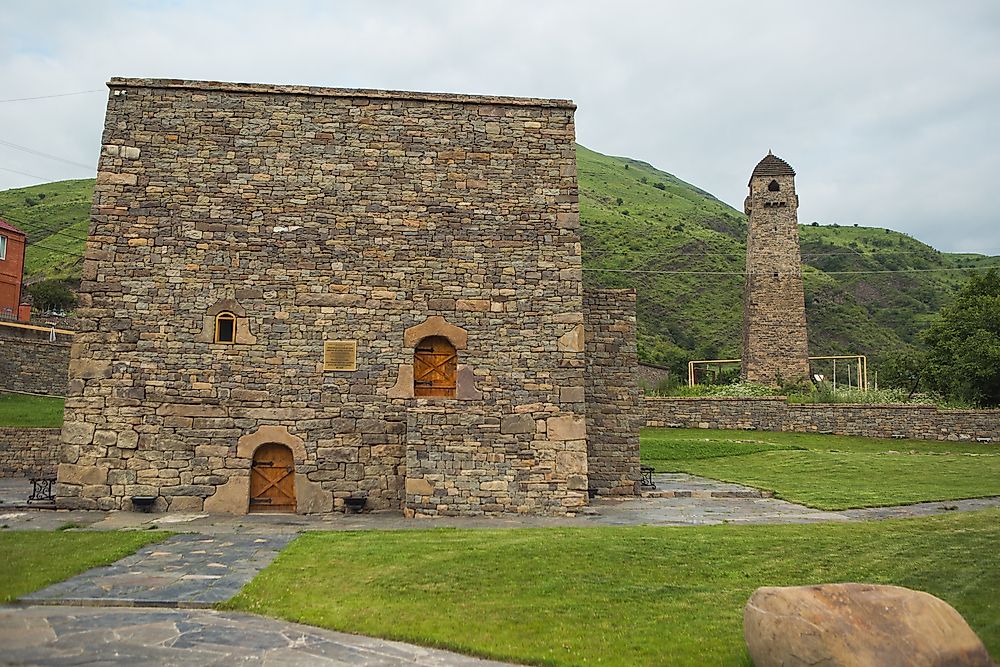Who are the Chechens?

Who Are The Chechens?
The Chechens are a Caucasian ethnic group which originated from the North Caucasus region, Eastern Europe. They were named after a Russian village referred to as Chechen-Aul. Chechens refer to themselves as Vainakhs meaning “our people.” The term “Vainakh” is used by both the Chechen and Ingush people. A large number of Chechens currently live in the Chechen Republic, which is a Russian federal state. They have settled around the isolated terrain of the Caucasus Mountains. The Chechens are egalitarian and organized in local clan groups known as teips.
Geographical Areas Inhabited By The Chechens
As much as most Chechens live in Chechnya, others are found in Dagestan, Moscow, and Ingushetia located in the Russian territory. Furthermore, the countries of Kazakhstan, Turkey, Azerbaijan, Iraq, and Jordan are also inhabited by Chechens. As a result of the Chechen Wars, thousands of Chechen refugees have also settled in the European Union.
The History Of The Chechens
The Chechens are part of the Vainakh peoples. They were influenced by the Byzantine and Georgian cultures. Consequently, some Chechens converted to Eastern Orthodox Christianity. About the same time, Islam religion began to infiltrate the Chechen society. Nevertheless, the Chechen pagan religion still prevailed until the 19th Century. One challenge that the Chechens had to deal with in the 13th and 14th Century was the invasion by the Mongolians and Tamerlane. They successfully resisted the Mongols, albeit at a cost of massive destruction of their state. The Chechens then moved into the lowlands of Caucasus in the late Middle Ages. Their neighbors became the Ottomans and Persians. However, in the 16th Century, the Russians began to expand towards the region were the Chechens, Ottomans, and Persians dwelt. They were resisted by these people leading to the Russio-Persian War which took place in 1722-1723. The Russians defeated the Persians, thereby gaining much of the Caucassian territories. Then in the 18th and 19th centuries, the Russians waged war against the Chechens who were described by General Yermolov as “a bold and dangerous people”. This war which was fought for decades was won by the Russians with the Chechens losing most of their entire population. Most refugees fled to the Ottoman Empire. The Russian victory did not end the rebellion of the Chechens against the Russian/Soviet power. In fact, they tried to regain their independence in the 90s after the fall of the Soviet Union. This led to the formation of the new Russian state known as the Chechen state in 1994. Clearly, the Chechens are relentless in their quest for independence.
The Culture Of The Chechens
Before the Chechens adopted Islam, they practiced many beliefs and traditions. For instance, they engaged in rituals like rain rites, the Day of Thunderer Sela, and the Day of the Goddess Tusholi. They also preserved their history in stories and epic poems known as illesh. The Chechen society is structured in clans, that is about 130 teips. The teips are made up of gars (branches), and gars made up of nekye (patronymic families). The Chechen culture has cultivated in them a Chechen character which is a strong sense of nationhood. Their national animal is the wolf which is derived from their belief that the Chechens are “free and equal like wolves”. Chechens value their freedom and this can be seen in their daily practices such as a simple greeting which is marsha oylla which means “enter into freedom”. They are predominantly Muslims.











